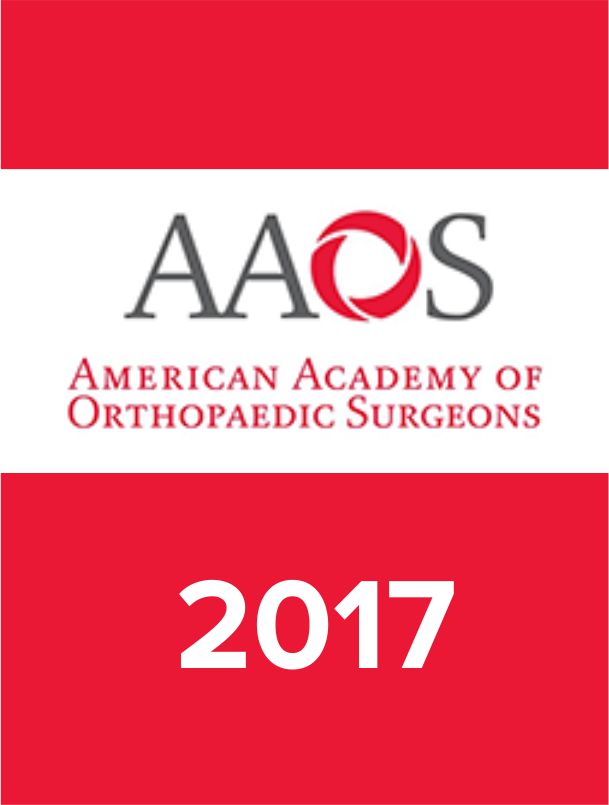
SHOULDER & ELBOW
AAOS2017: In situ repair versus tear-completion repair for partial thickness RC tears
100 patients scheduled for arthroscopy repair of a partial-thickness rotator cuff tear were randomized to either in situ repair, or completion of the tear followed by repair. Patients were followed for a minimum of 12 months postoperatively for clinical scores for pain and function, as well as MRI to assess tendon integrity and retear rate. Results demonstrated no significant differences between groups in either the American Shoulder and Elbow Surgeon (ASES) Score, the Constant score, the Simple Shoulder Test, and a visual analog scale for pain at 3, 6 or 12 months postoperatively. Retear rate did not significantly differ between groups in articular-sided tears, but retear rate was significantly lower in the in situ group among bursal-sided tears.
Unlock the full ACE Report
You have access to {0} free articles per month.Click below to unlock and view this {1}
Unlock NowCritical appraisals of the latest, high-impact randomized controlled trials and systematic reviews in orthopaedics
Access to OrthoEvidence podcast content, including collaborations with the Journal of Bone and Joint Surgery, interviews with internationally recognized surgeons, and roundtable discussions on orthopaedic news and topics
Subscription to The Pulse, a twice-weekly evidence-based newsletter designed to help you make better clinical decisions
Exclusive access to original content articles, including in-house systematic reviews, and articles on health research methods and hot orthopaedic topics
Or upgrade today and gain access to all OrthoEvidence content for just $1.99 per week.
Already have an account? Log in


Subscribe to "The Pulse"
Evidence-Based Orthopaedics direct to your inbox.
{0} of {1} free articles
Become an OrthoEvidence Premium Member. Expand your perspective with high-quality evidence.
Upgrade Now












































































